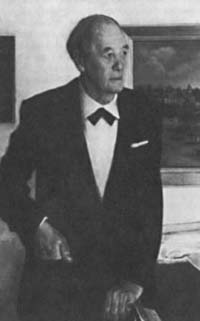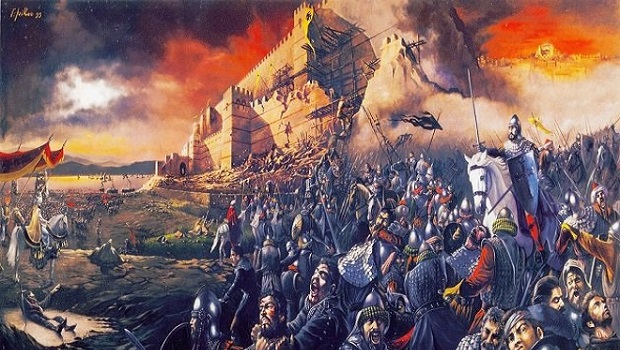
Ultimately, Pope Nicholas and many other Western leaders made the decision not to support the Empire in its greatest time of need, although some troops did arrive from the city states of northern Italy to lend their support. Attempts had been made to do this after the Council of Florence and the Council of Basel, but the Orthodox population refused to support it.


Ever since the mutual excommunication of the Orthodox and Roman Catholic churches in 1054, the Roman Catholic West had been trying to re-integrate the East the West now used this as a negotiating tactic, promising to send help if the "Byzantines" brought their church back into communion with Rome. However, the closing of the small mosques within the city by the emperor, and the pressure on Greek Muslims to convert back to Christianity formed the pretext for Mehmet to declare war.Ĭonstantine appealed to Western Europe for help, but Pope Nicholas V was unwilling to support the city. Meanwhile, Constantine XI tried to buy him off with gifts. Its purpose was to increase Turkish influence on the straits, and to prevent assistance from Genoese colonies on the coast from reaching the city in the event of a siege. Mehmet II, whose great-grandfather Bayezid I had previously built a fortress on the Asian side of the Bosphorus called Anadolu Hisarı, now built a second castle outside the walls of Constantinople on the European side called Rumelihisarı.

The Empire of Trebizond, a completely independent successor state formed in the aftermath of the Fourth Crusade, also survived on the coast of the Black Sea. In 1453, the "empire" consisted of little more than the city of Constantinople and a portion of the Peloponnese (centered on the fortress of Mystras). In the following two centuries, the greatly weakened empire was gradually taken apart piece by piece by a new threat, the Ottoman Empire. The Crusaders, however, had not originally set out to conquer the entirety of the empire, and the Romans re-established themselves in the city in 1261.

In the 1,123 years of Constantinople's existence, the city had been besieged many times, but had only been captured once, during the Fourth Crusade in 1204.


 0 kommentar(er)
0 kommentar(er)
